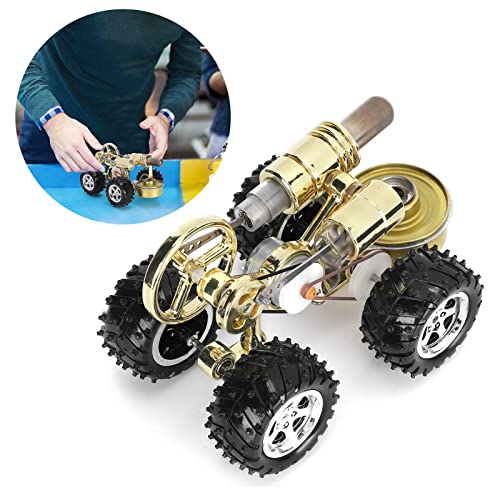I talked to the guy who reproduced Cretors popcorn wagons (Bob Pearson in Kansas), and he described how he made the reproduction glass that has superficial surface chipping.
He said the trick was to use a glue that contracted when it dried, and then it put a horizontal force on the glass, causing it to make decorative chips in the surface.
I would guess that the cracking may be due to srhinkage of the paint, or differential shrinkage between types of paint, ie: primer and final coat.
I have purchased house paint from Sherwin Williams made specifically to cover plastic siding, and apparently it has some flexibility when it dries.
The Rusoleum seems to dry hard, but it does not ever seem to crack or peel off.
You may not get as good of adhesion over the filler material, but I would think it would not crack unless you bumped it or otherwise disturbed it.
Just guessing.
I like the Rusoleum because it seems to level out to some extent.
I don't put an automotive finish on my models because I want them to look like the original engines from the 1800's, and the old engines always had some roughness on the surface from the foundry sand.
The second coat seemed to really help give the model a full and glossy look, for some reason.
Perhaps the paint is somewhat translucent, or perhaps the eye can see the slight increase in thickness and a slight convex affect.
Here is an example of a filled and painted 3D printed pattern.
The look and feel of a filled pattern is very noticable, compared to just a flat 3D printed surface.
It is the convex nature of a filled surface, along with the gloss that reflects light, that gives it eye appeal.
The old foundry patterns had convex surfaces to allow them to be pulled from the sand mold, and I think inadvertently that added to the look of an old engine in a positivve way.
The ancient Greek and Roman temples had curvature added to the horizontal surfaces to corrrect distortions by the eye.


























































![MeshMagic 3D Free 3D Modeling Software [Download]](https://m.media-amazon.com/images/I/B1U+p8ewjGS._SL500_.png)



![TurboCAD 2020 Designer [PC Download]](https://m.media-amazon.com/images/I/51UKfAHH1LL._SL500_.jpg)








![DreamPlan Home Design and Landscaping Software Free for Windows [PC Download]](https://m.media-amazon.com/images/I/51kvZH2dVLL._SL500_.jpg)






